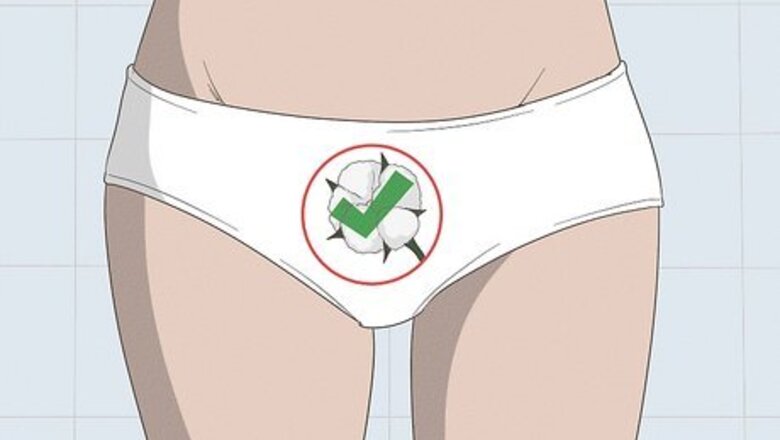
views
X
Trustworthy Source
Cleveland Clinic
Educational website from one of the world's leading hospitals
Go to source
See your doctor, take the recommended medication, and follow some home care tips to get back to your old self fast.
Preventing Infections Naturally
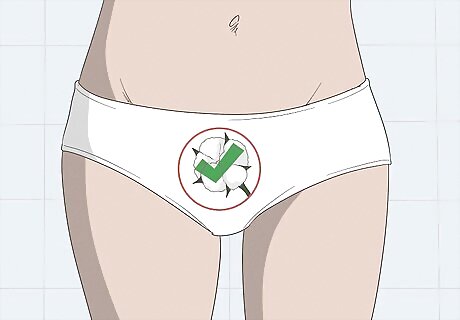
Wear cotton underwear to reduce moisture. Light cotton underwear is best because it is breathable and doesn’t trap moisture. If you don’t regularly wear this type of underwear, then switch and start doing so. You could also wear cotton-crotch underwear if the whole piece isn’t made of cotton. On the other hand, avoid underwear made of silk or nylon. These could trap moisture and cause yeast infections.
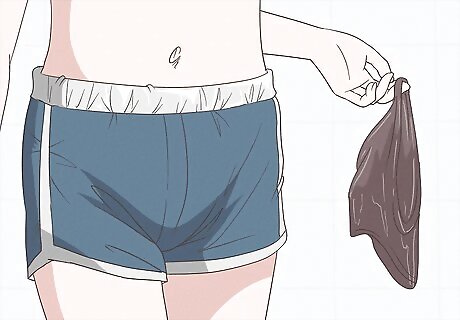
Change out of wet or sweaty clothes as soon as possible. Staying in wet or sweaty clothes could stimulate yeast growth. If you exercise, go swimming, or get wet in any way, change and put on dry clothes and underwear as soon as you can. Especially remember to change out of your bathing suit as soon as you’re done swimming.
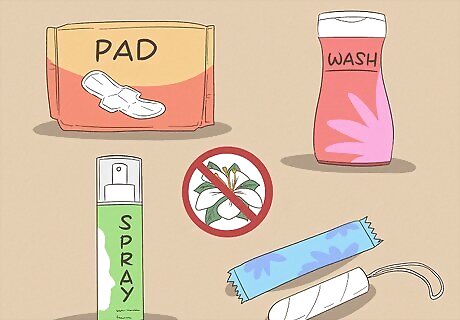
Avoid any fragranced period products. Fragranced or deodorant tampons, pads, and sprays can all throw off your vaginal pH. This could stimulate yeast growth and cause an infection. It’s best to avoid any of these products and stick with non-fragranced types to avoid yeast infections.
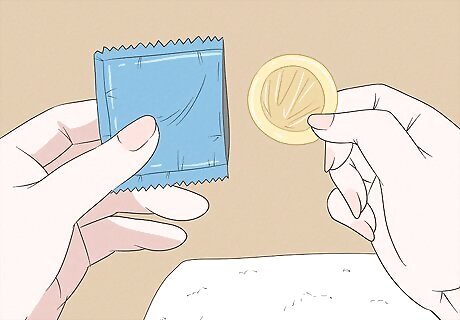
Use a condom every time you have sex. While yeast infections aren’t STIs, infections after sex are common because a lot of bacteria enters your vagina. Using a condom every time can prevent bacteria from causing an infection. Using a condom at all times is also important to prevent other STIs. Even if you take hormonal birth control, this won’t protect you from infections. Always use a condom as well.
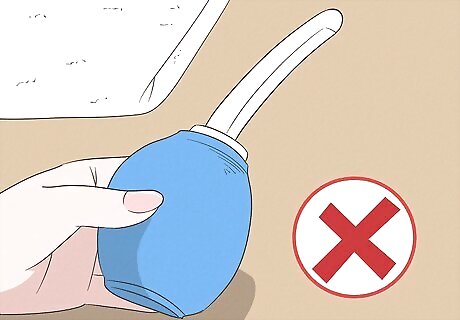
Avoid douching to prevent infections from starting. While some women like using a douche and feel cleaner afterward, this is a bad idea. Douching removes all the bacteria from your vagina, including healthy types. This could cause yeast to grow out of control and start an infection. It’s best to avoid douching altogether and only use plain water to rinse your vagina.
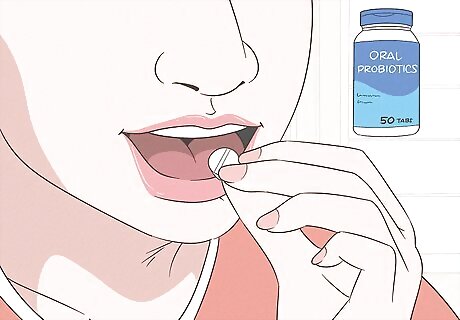
Try taking oral probiotics to see if that helps. Probiotics could increase the number of good bacteria in your vagina and stop yeast from growing. Get an oral lactobacillus supplement, which is the good bacteria in your vagina, and take it as directed. This isn’t a surefire way to prevent infections, but it might help. Some doctors recommend taking probiotics if you’re on antibiotics. This might help you avoid yeast infections from the medication. You can also get more probiotics from yogurt and kefir, both of which contain lactobacillus.
Treatments That Doctors Recommend
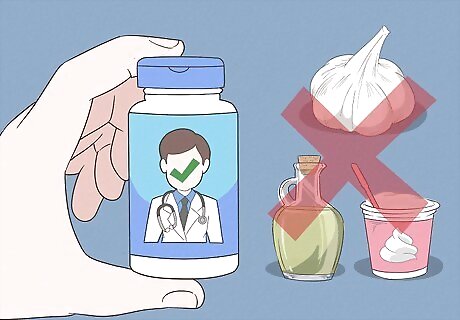
Opt for medical treatments rather than unverified home remedies. There are a lot of remedies for yeast infections on the internet, but don't use them. Some common home remedies include adding vinegar to a bath or putting yogurt, essential oils, or garlic inside your vagina. These are all harmful and could cause other infections. Only use medically-approved treatment methods.
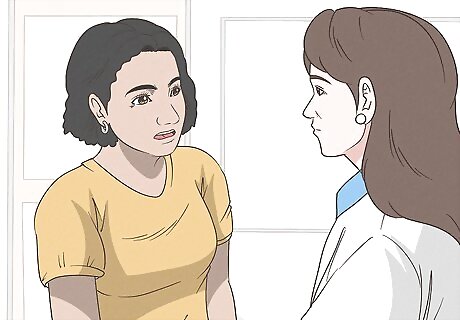
Visit your doctor to confirm that you have a yeast infection first. While it might be uncomfortable, doctors recommend scheduling a visit whenever you think you have a yeast infection before trying to treat it yourself. Even if you’ve had a yeast infection before, there are other infections that could cause similar symptoms, so it’s important to get a proper diagnosis. That way, you can take the right steps to treat it properly. The doctor will examine your pelvis and vagina, and also take a sample to test for yeast. These tests confirm whether or not you have a yeast infection.
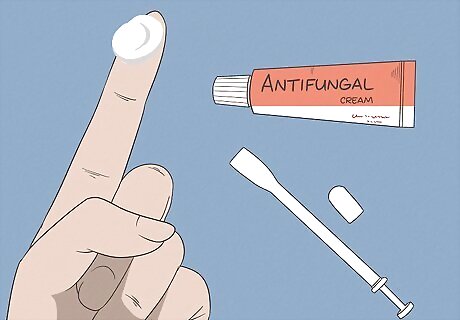
Apply the topical antifungal that your doctor recommends. In most cases, your doctor will tell you to use a topical cream or suppository to kill the fungus. Most of these are available over-the-counter, but your doctor may try a prescription-strength medication if you have yeast infections often. Apply the cream or suppository to your vagina as directed, and the infection should clear up within a week. Most topical treatments follow a once-a-day course for 3-7 days, but follow the instructions for the type that you use. Some topical treatments for yeast infections are Monistat, Vagistat-3, and Terconazole. Suppositories and creams for yeast infections come with a plastic applicator. Lay back and insert the applicator tip into your vagina. Then squeeze the tube to release the cream or push the plastic plunger on the applicator to release the suppository. Wash your hands and the applicator when you're done. If you're using a suppository, it’s best to apply the medication before bed so the suppository doesn’t fall out.
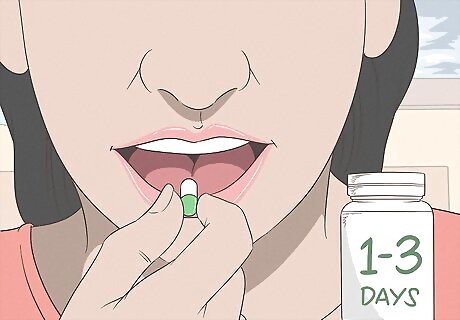
Take oral medication if your doctor prescribes it. Your doctor may also try an oral antifungal medication to fight the infection, especially if you’re prone to yeast infections. These are powerful medications, so you may only have to take 1 or 2 doses to clear the infection. They usually work within 1-3 days. A common oral antifungal is Diflucan. A single-course of the medication is common, but you may have to take another dose a few days later if the symptoms don’t go away. Pregnant women shouldn’t take oral medication for yeast infections, so your doctor won’t prescribe this if you’re pregnant or may be pregnant.
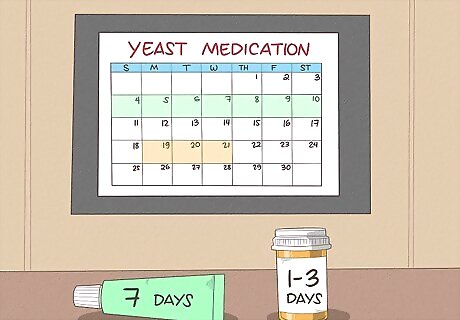
Finish the entire course of the medication. Whether you use oral or topical medication for your infection, it’s very important to take the entire course of the medication as directed. If you stop early, then the infection might come back. Follow all of the dosing directions and take the medication for as long as the doctor tells you to. Depending on the type, topical medication could take 1-7 days to work. Oral medications usually take 1-3 days to work, depending on the type.
Avoiding Pain and Discomfort
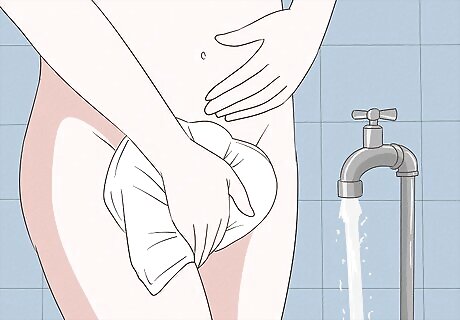
Use only water to clean your genitals. Keeping your genitals clean can help prevent discomfort and shorten the infection, but don’t use soap. Soap can change your vagina pH and make more yeast grow. Simply rinse with plain water to keep yourself clean. Dry yourself well after bathing. Moisture can help yeast grow.
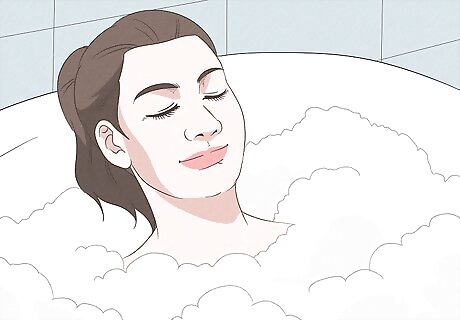
Take a warm bath to relieve discomfort. Yeast infections are very uncomfortable, even if you’re treating them with medication. A warm bath could soothe the pain while you wait for the infection to heal. Try soaking for 20 minutes a few times per day to make yourself more comfortable while the infection clears. Don’t add any bubbles or fragrances to the bath. These can cause irritation and make a yeast infection worse. A popular home remedy is adding vinegar to the bath, but there's no evidence this works and doctors don’t recommend it. Make sure the water is warm, not hot. Hot water is irritating and can make the pain worse. You may also find a cool bath more soothing. Experiment to see what makes you more comfortable.
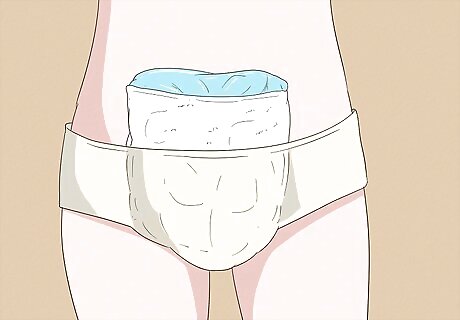
Use a cold pack to reduce the pain. Just like a bath, a cold pack could help relieve the pain while you wait for the infection to clear. Try wrapping a cold compress in a towel and holding it against your genitals for 15-20 minutes at a time to relieve the pain. You can repeat this as often as you have to until the infection heals. Wear pants or underwear while using a cold pack so you don’t introduce more bacteria into your vagina. Always wash the towel after each use. Also clean the cold pack before and after using it so you don't spread infections.
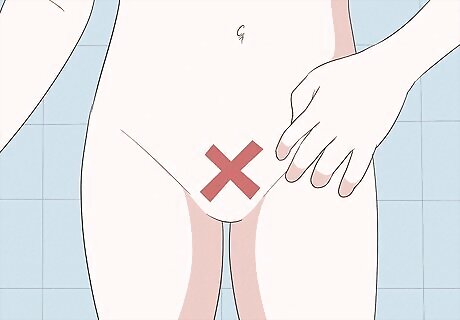
Avoid touching or scratching the area. This causes more irritation and could make the infection worse. It might be tempting, but you’ll be much better off if you stop yourself from itching. Use cold packs or baths instead.
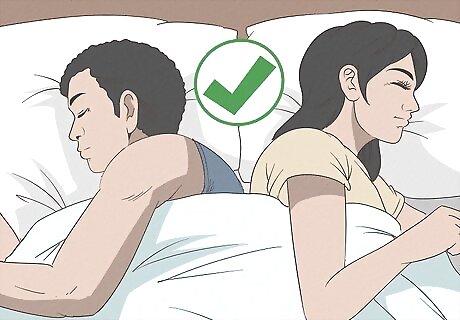
Refrain from sex until the infection is gone. Sex during a yeast infection is not only painful, but it will also introduce more bacteria into your vagina. This could make the infection worse and prevent it from healing. Avoid sexual contact until the infection is completely clear.



















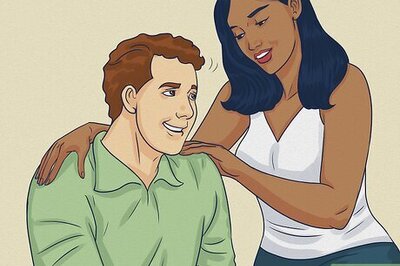
Comments
0 comment